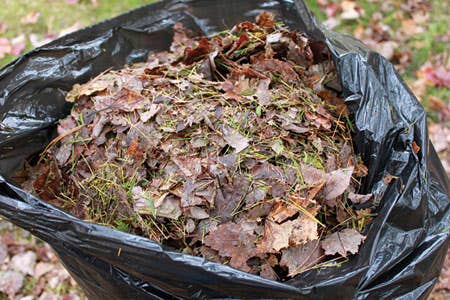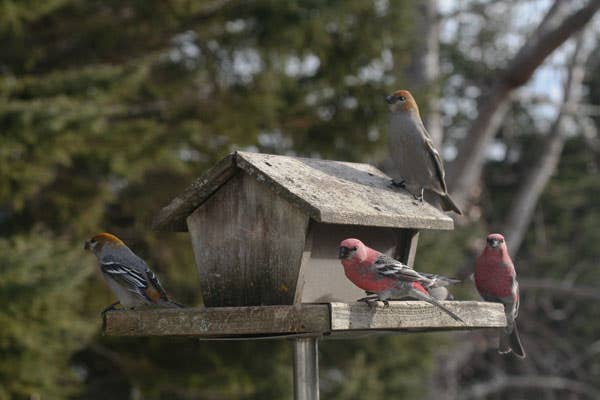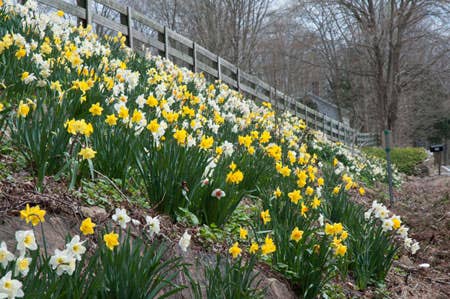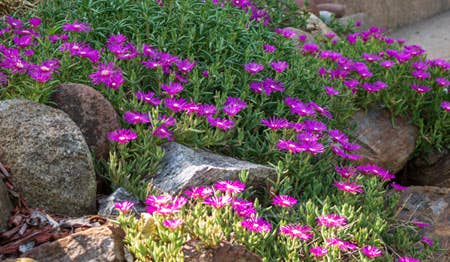Heat Islands
I’ve recently moved up North and miss my southern plants. I know I can grow them as annuals, but I would like them to survive winters outdoors. Is there anything I can do to improve their hardiness here in Zone 6?…
Q&A: Heat Islands
Question: I've recently moved up North and miss my southern plants. I know I can grow them as annuals, but I would like them to survive winters outdoors. Is there anything I can do to improve their hardiness here in Zone 6?
—Meiserville, PA
Answer: To improve a tender plant's chance of survival start by identifying warm microclimates in your landscape. These "heat islands" can be on the south-facing side of your home, at the foot of a stone wall, or in nooks among large rocks. Look for areas that are well drained, especially during the winter months. These areas can be half a one to a full zone warmer than their surroundings.
When you have found a promising location, mount a thermometer on a stake, one to two feet above the ground. Record the temperature right before the sun begins to rise, which is the coldest time of the day, and compare this to temperatures elsewhere in your yard. This will allow you to determine the warmest locations for planting.
In addition to planting in locations with a favorable microclimate, you can push a plant another zone by providing winter protection. One simple way to do this is to add a 6- to 12-inch layer of mulch for the winter, to protect the roots and lower stem. Also, enclosing evergreen foliage in burlap will protect it from winter leaf scorch. During especially severe cold snaps, you can cover plants with a cardboard box or drape a sheet or blanket over them. Remove this covering after a few days.
Along with providing protection from cold temperatures, prepare your plants for winter by making sure that they are well watered in the fall. Evergreens may need to be watered during the winter, especially when snowfall is absent. Also, avoid pruning your plants during the fall and winter months. Wait until after the coldest part of winter has passed before cutting back any winter-killed shoots. An exception to this rule are palms, whose cold-damaged fronds should be pruned back immediately to protect the crown from decay.
Recommended reading: Palms Won't Grow Here and Other Myths: Warm-Climate Plants for Cooler Areas by David Francko (Timber Press, 2003)







